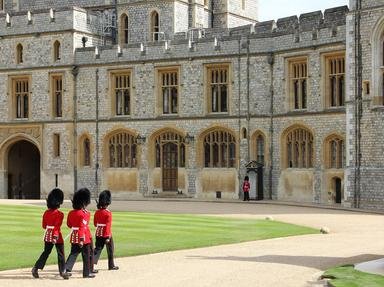Quiz Answer Key and Fun Facts
1. Though modern historians consider Kenneth I MacAlpin the first King of Scotland, he never used that title himself, though he used several others. Which title was not claimed by Kenneth?
2. During the reign of Constantine I, attacks on Scotland by which group of outside people increased greatly?
3. Malcolm II is considered the final member of House Alpin. Which King of England entered Scotland at the head of an army in 1031, forcing Malcolm to deal with him?
4. One of the best known of the Kings of Scotland was MacBeth. Before he became King of Scotland, which title did he hold?
5. Coming to power not long after the death of MacBeth was Malcolm III, son of Duncan II. What is the literal translation of his nickname "Canmore"?
6. Though he spent much of his childhood in Scotland, to which country was David I exiled while still a child?
7. William I (1165-1214), known as "Garbh" or "the Rough", had one of the longest reigns in Scottish history. After which "rough" mammal was William later known?
8. One accomplishment of Alexander III was the Treaty of Perth (1266) with Norway. Which territory was transferred from Norway to Scotland by this treaty?
9. One Scottish monarch whose status is uncertain is Margaret, granddaughter of Alexander III. With which country is she usually associated?
10. According to legend, the building efforts of which creature inspired Robert the Bruce to continue the fight for Scottish independence?
Source: Author
bernie73
This quiz was reviewed by FunTrivia editor
LeoDaVinci before going online.
Any errors found in FunTrivia content are routinely corrected through our feedback system.

